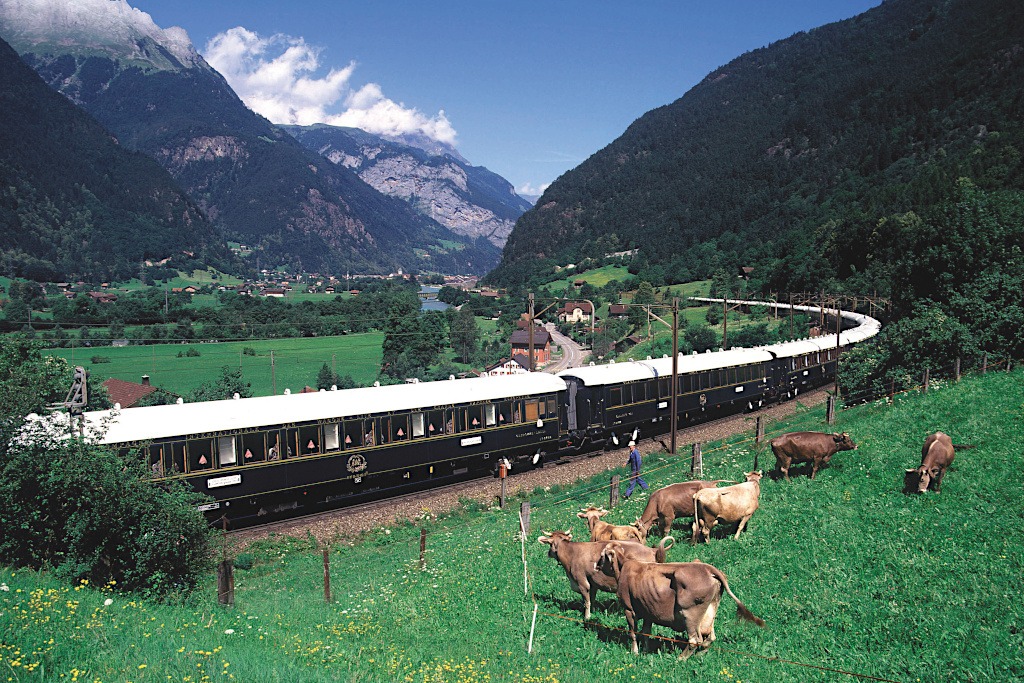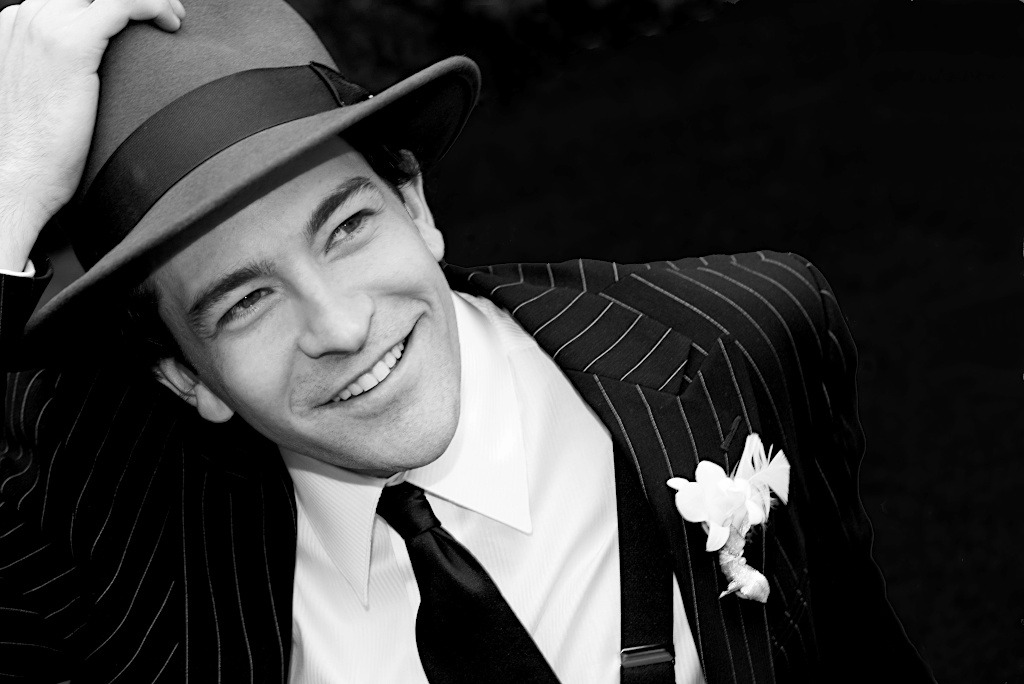One of the great “departures” in the world is from the train station in Venice. On the morning of our trip to Paris on the
Orient-Express, a private water taxi picked us up at the Cipriani and maneuvered through the “rush hour” traffic that plies Venice’s numerous canals. Boats of all sizes, including the occasional gondola, line up along both sides of the Grand Canal. Sailing past the splendid Italian palazzi, including the Peggy Guggenheim Museum (a must-see in Venice), we couldn’t help but marvel at the relationship that exists here between man and the sea. It is a bond that has existed for centuries, and once you witness it, you will understand the simple joys that Venice provides for residents and visitors alike.
Making our way slowly through a quiet, narrow canal, we were suddenly jolted out of our dream and into a wide canal chock full of boats. A giant vaporetto (water bus), traveling at what seemed like 20 miles per hour, came within inches of us as we tried to pull up to the train station. Never stopping, one boat pulled out of a “parking” space and we pulled in. It’s a water ballet that defies the laws of physics, but it works.
Bags deposited at the foot of the canal, we made our way up the steep steps that lead to the main hall of the train station. Once inside, we headed for the check-in desk that was set up to greet the passengers of the Orient-Express. A red velvet rope barred entrance to the track, but the train, which must have been polished by hand, shined like onyx and gold.
Bombed, shot at, and marooned in snow drifts, the history of the Orient-Express is both legendary and colorful. The carriages that today form the famous Venice Simplon-Orient-Express each have a history of their own, with long years of service criss-crossing the frontiers of Europe, operating for a variety of railway companies.

Lucerne, Switzerland
The first Orient-Express train service was inaugurated on October 4, 1883. The initial route ran from Paris to Giurgi (on the Danube in Romania), via Strasbourg, Vienna, Budapest, and Bucharest.
By the turn of the century, the great age of rail travel was in full swing. The Simplon Tunnel—at 12 miles—(the world’s longest at the time) was built in 1906, cutting the trip from Paris to Venice significantly, and by 1921, the Orient-Express was running an extended Simplon-Orient-Express route to Istanbul.
The 1920s and 1930s were the heyday of the legendary train. The world’s elite, as well as royalty, celebrities, courtesans, and spies, intermingled as they traveled in opulence throughout Europe.
The Second World War, however, put and end to all of this. Ferry services were cancelled and cross-frontier travel became impossible. In the depression that followed, economy, not premier, trains were the order of the day. Air travel soon became faster and cheaper, and although the Orient-Express continued to operate until May 1977, its final run consisted of just one shabby sleeping compartment and three day cars.
The Orient-Express has always been involved in mystery and intrigue, both fictional and real. Most famous of all is Agatha
Christie’s novel Murder on the Orient Express in which her detective Hercule Poirot investigates the murder of a passenger. The Hollywood movie, starring Albert Finney as Monsieur Poirot, was partly filmed aboard the train and in replica carriages in a studio.
As a star of six motion pictures, the Venice Simplon-Orient-Express most recently helped Cruella de Vil make her escape to Paris in 102 Dalmatians.

In reality, the various carriages of the Orient-Express have also been the scenes of history and intrigue. Sleeping Car 3425 was a part of the Orient-Express service used by King Carol of Romania. While His Majesty King Boris III of Bulgaria, a keen railway enthusiast, used to take to the footplate and drive the train himself.
Sleeping Car 3309 was part of the service that in 1929 was stuck in a snow drift for ten days, sixty miles outside Istanbul, along with a full complement of passengers who survived only with the assistance of nearby Turkish villagers. Some Orient-Express carriages also saw active service during the Second World War, either because they were taken over by the German Army, or were being used by the US Transportation Corps.
The fabled train was, however, saved by entrepreneur and rail enthusiast, James B. Sherwood. In 1977, he bought two of the train’s carriages at a Sotheby’s auction in Monte Carlo. The next few years and US$16 million were spent locating, purchasing, and restoring some 35 vintage sleepers, Pullmans, and restaurant cars. On May 25, 1982 the
legend was reborn when the Venice Simplon-Orient-Express made its maiden run from London to Venice.
Today, the gleaming carriages of the Venice Simplon-Orient-Express continue to transport passengers across Europe in exquisite surroundings on one of the most romantic journeys in the world. The world of the Orient-Express is now truly international and passengers can enjoy a similar experience on board the Eastern & Oriental-Express in South
East Asia and the Road To Mandalay in Myanmar (Burma).


